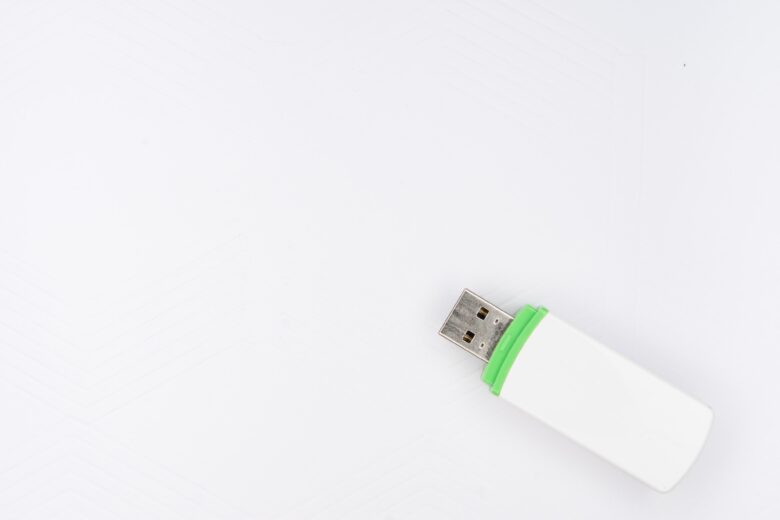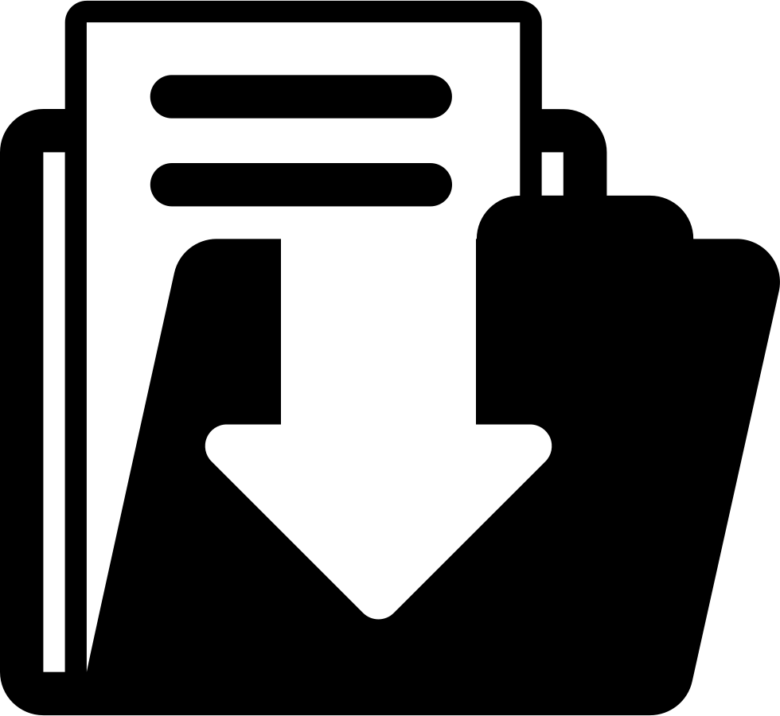In audio editing, sometimes it’s needed for the background music and noises to be separated or removed from the insert, so only the vocals can be isolated, for different reasons and purposes. With today’s technology, we are able to just upload the song we want to edit, and get all the versions we need, including the vocals, instrumental part, bass, and drums, so we can work on it. The separated file can be used for TV or radio ads, promotional video materials, or for remixes, of course if the copyrights are respected, and the author and artist let the editor do that.
Sometimes, the singer also wants to change something before the single is released, and it’s a huge amount of job to get in the studio and sing the song again the same way. The reasons why someone will want the audio file edited or reworked are a lot, and all the composers, DJs, and singers may ask for it. Today, we are lucky to have easy-to-use software like Easy Splitter and many others, that can help us edit the file by simply uploading it to the cloud. The system will automatically recognize the sound layers in the track, and help you accomplish the goal. For example, the DJ’s may ask for it so they can use the vocals of some song in their new remix. Also, it’s very practical if you want to organize a karaoke party, and you need the lyrics removed from the file.
The music teachers also need these layers, so they can better explain how is the music made, or make the students get more interested in learning the voice types, the instruments, and separate the auto-tune from the real voice. Not every software will do this perfectly, so it’s on you to avoid free and demo versions, and go for professional choices, so you can access more tools, that will help you clean the sound, and erase all the noises that may stay present until you have just the clear voice to work with.
The process is simple, no matter which software you are using, and includes:
1. Uploading the file

Source: unsplash.com
You can do this with a simple “drag and drop“, or choose it from a cloud memory, or from your computer. It may take up to a few minutes until the uploading is completed because the software will always keep the original quality of the file. You will need to check which audio formats the software supports, and we recommend you to use high-quality files, so you can get the best results in splitting the layers.
2. Splitting and editing
Choose the right tools from your app’s or program’s menu, and it will show you the waveforms and spectrograms, and you can choose in which sequences you want to work. Just follow the navigations, or read a user manual, or watch tutorials on how to do all of that. Usually, all of these apps come with a nice and clear guide, every user can follow. Most of the time, splitting the layers is done automatically, but editing is a manual process.
3. Select the layer you want to edit

Source: unsplash.com
In this case, you need to choose the vocal file, and either erase it and work on the rest of the layers to clean them up of every voice, if you want to keep the music, or choose the tools and action you need to isolate the voice and clean it up from the noises.
4. Listen to the piece even a few times
Before you save and export the project, you need to listen to the isolated piece a few times, until you are sure everything is properly separated. It’s always better to wear headphones, so you can hear even the tiniest piece that may ruin the whole project.
5. Export and save it

Source: onlinewebfonts.com
After you are sure everything is done properly, you can save the project, or a few versions of it, and export them. After that, you will be able to download that part, and use it the way you want or need it. You can reuse the file, as long as you have the allowance to do that by the artist or the composition author.
Respecting the copyrights is the main thing you need to pay attention to if you are doing this for commercial purposes. Don’t use the song without an allowance, because it may lead to legal problems. If you want that just for home use, or to entertain yourself, or simply learn how to do the separation, it’s good and you won’t have any problem. But, many people who used the music pieces without authorization, later faced heavy lawsuits, and they needed to pay thousands of dollars to the original composers and artists.
Also, when you look for a music editing software, it’s always better to go with a professional choice, that you will have to pay for it, so you can use the complete version of the program. Another important thing is to check if it has a mobile version or a proper app that can be downloaded on your mobile device. As you log in with your credentials, you will be able to access every project from any device.
These ways of using artificial intelligence to recognize the music parts and separate them into different files, can provide a strong base for those who are interested in music, and want to learn more about general editing, and all the tools available. It may boost the user’s creativity, and make them come with better ideas on how some song should sound. Who knows, maybe deep inside you there is a tiny DJ who is ready to conquer the world.
After you have the app or the website or software version for your PC or Mac, you can start working on plenty of music projects, until you accomplish the perfect music file, that can also still be edited and used for different purposes. But, as we already said, if you do that for commercial use, you must be careful about the copyrights, in order to avoid lawsuits.
